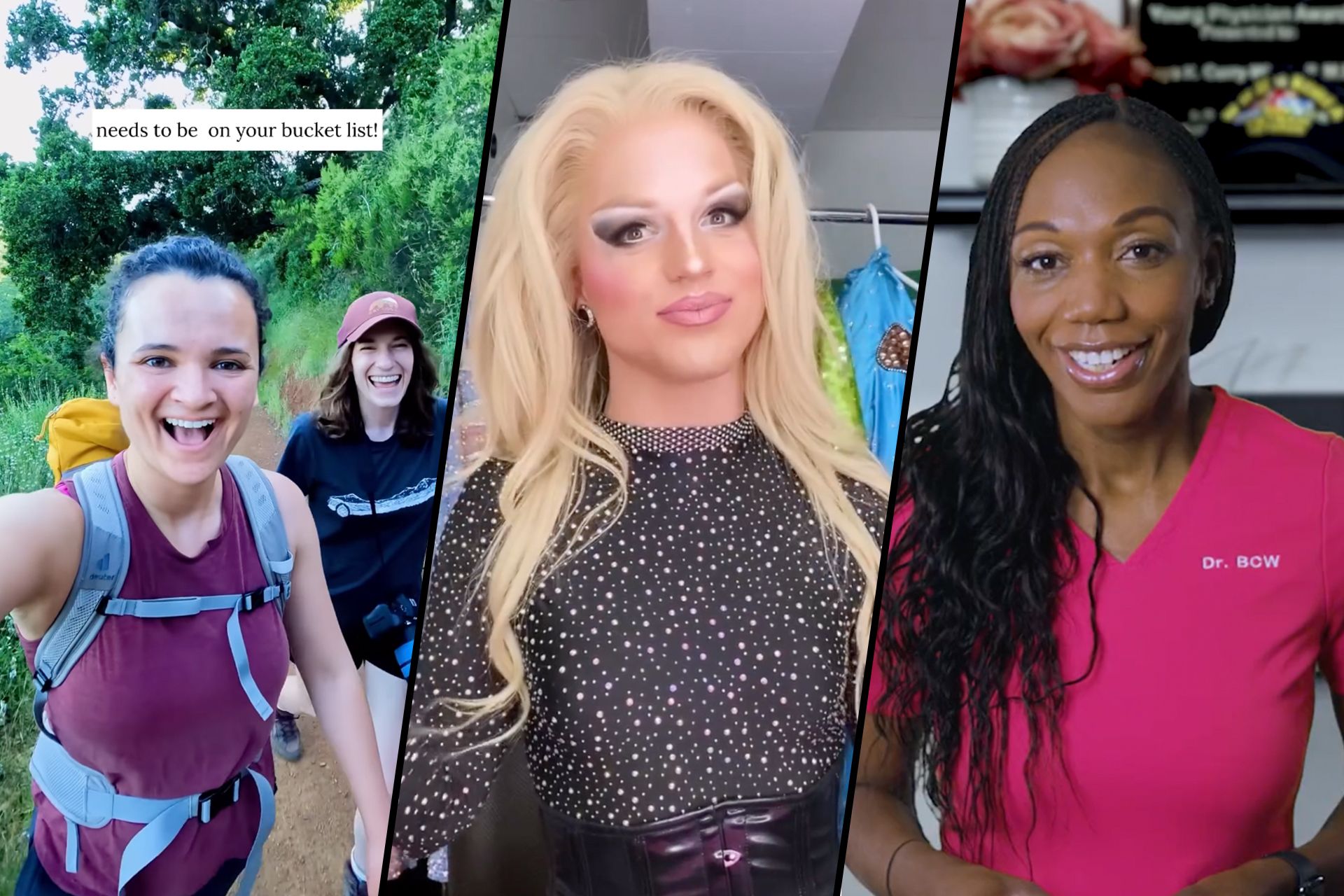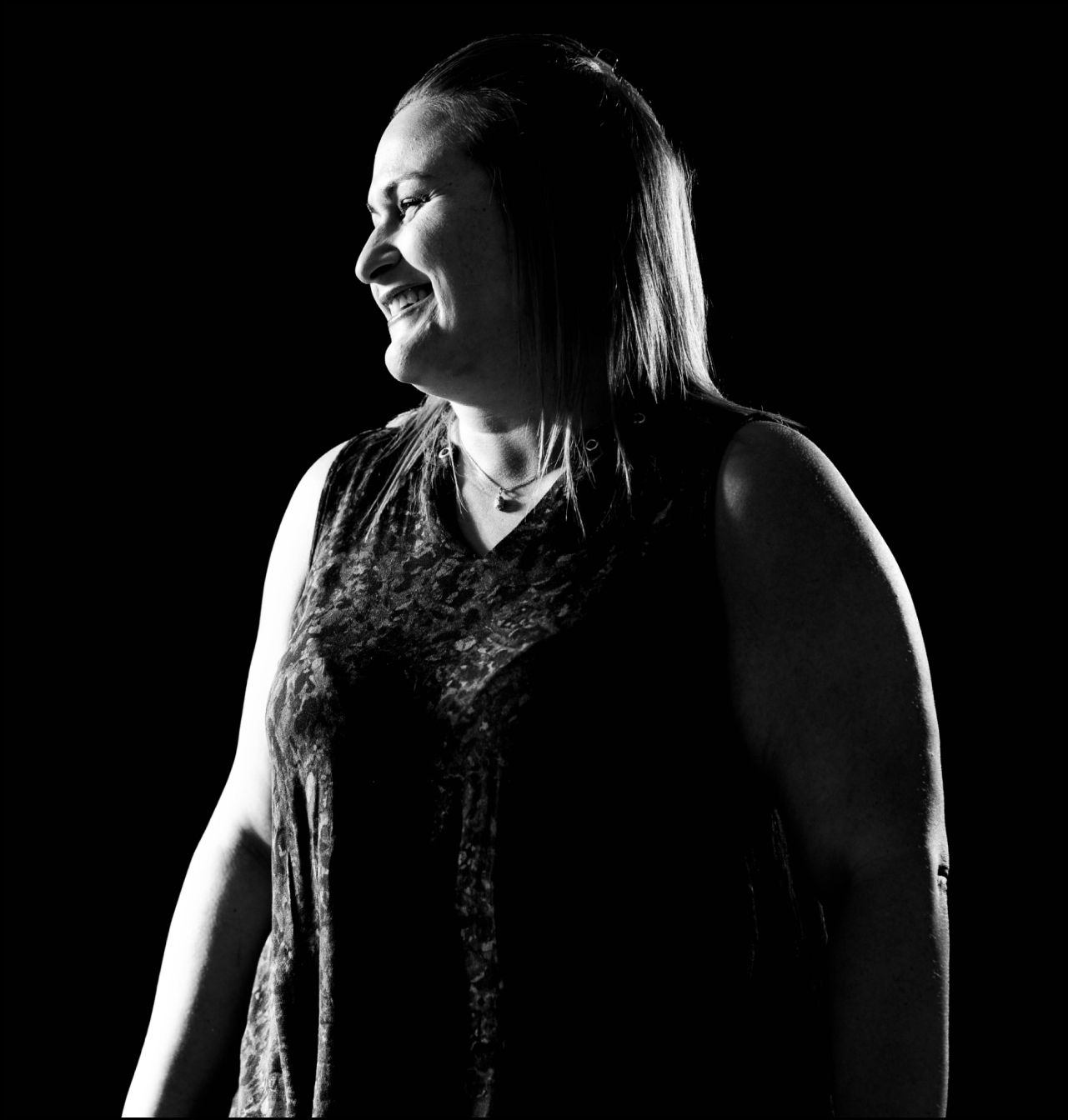
Influencer Marketing: Keeping Up with a $21 Billion Industry

Influencers have been present in our lives long before the days of Instagram, TikTok, and a $5,000 tab for a 30-second video filmed on an iPhone. Throughout the 1900s, advertisers used or created fictional characters that became synonymous with brands; think Santa Claus and Coca-Cola, Chester Cheetah and Cheetos, or The Michelin Man and Michelin Tires. You really couldn’t think of one without the other, and their presence made you want to sip down an ice-cold bevvy in an instant. That’s influencer marketing.
Bridging the gap between fiction and reality, celebrity endorsements entered the chat, making way for real people (who just happen to have millions of fans… and dollars) to promote products.
Fast forward to the introduction of reality TV, like Keeping Up with the Kardashians and American Idol, and that’s where you will find a strong impetus behind influencers as we know them today. People like Kim K. and Kelly Clarkson got their start on the aforementioned reality shows, which immediately hooked people because they were seeing “real” people on television. It felt like we were getting an inside look at their lives and, more specifically, tuning into their rise to fame each week. That made them more relatable. Naturally, brands flocked to them for endorsements.
Today, Kim and Kelly have a combined 42 million followers on Instagram alone and, within minutes of posting new content, they have thousands of likes. Kim averages 1.9 million likes per post, while Kelly (or her team) has to sift through an average of 542 comments per post (source: we use an influencer vetting software called “Upfluence” that allows us to see additional data for influencers). Their presence on popular apps, including Instagram and TikTok, gives their fans a way to be “in the know” with what their favorite celeb is eating, wearing, watching, and more.
So, because they did it, why couldn’t others? These “real people” on social networks made way for just about any person of non-celeb status to follow in their footsteps and create a public persona—which we often refer to as their “niche”—by creating similar content inspired by the literal likes of Kim and Kelly. As brands caught on to this user-generated content, influencer marketing started to evolve; people turned to the average Joe and Josephine, who were likely less expensive, easier to get in touch with, and able to produce content on a shorter timeline.
Influencer marketing has also majorly opened the door for inclusivity in the industry. Since it thrives on authentic perspectives, it automatically sets the tone for the landscape to be more representative of the actual consumer.
Today, businesses are investing more than ever in influencer marketing, with estimated $21.1 billion expected to be spent on the tactic in 2023. Instagram and TikTok are the go-to platforms for influencer partnerships, but YouTube and Twitch are likely not far behind (source). Social media provides a level of authenticity behind decision-making unlike anything ever has before and, for marketers, the opportunities are endless.
So, what qualifications actually define a social media influencer?
There are those that self-classify as influencers and are able to make content creation a full-time job; there are also those that create humbly and have developed a following just from their day-to-day posting. Celebrities have opened themselves up to influencer partnerships as an extra source of revenue (though you shouldn’t expect to cut a deal with Kim or Kelly). We like to use three main categories to classify potential partnerships:
- Nano-influencers have between 1,000 and 9,999 followers. They tend to have a very engaged audience and faster turnaround times with content as well as less demands in the negotiation process. Their content is likely the least expensive, given their overall reach.
- Micro-influencers have between 10,000 and 99,999 followers. They have moderately engaged audiences and may require a longer lead time between contract negotiations and content delivery. Their average price for content ranges between $1,000 and $3,000.
- Macro-influencers have over 100,000 followers and are often harder to procure. In most cases, they have good engagement, but can be more expensive and are usually very selective about their partnerships. Average price for their content is between $2,500 and $10,000—if not more.
For example, if community-building is one of your main goals, consider nano-influencers before micro and macro. As they build their own following, nano-influencers tend to spend more time interacting with their audience, sparking conversation and giving them exclusive content. (That means there’s a better chance that you can get more bang for your buck!) We don’t mean that micro and macro can’t make an impact, but be prepared to set realistic expectations based on your overall goals.
Pay attention to engagement rates. There are people out there that have thousands of followers, but very little engagement on their posts. This usually raises a red flag for us as it could mean that a lot of their followers are bots that were purchased. To measure engagement rates, look at the ratio of followers and the number of likes/comments on their most recent posts. Between 1 and 3% engagement is about standard for any account, person, or brand—and a good indicator that content can make an impact.
Does their content fit with your brand? Don’t choose someone just because they appeal to you personally or have thousands of followers. Choose someone who’s overall niche aligns with the message you want to send. You wouldn’t hire Kim to promote Twinkies knowing one of her personas is health and fitness. You wouldn’t hire Ronald McDonald to promote Wendy’s because… well…
Above all, influencer marketing is actually really fun. We have found ourselves working with a range of content creators who have delivered genuine and unique pieces of content for our clients, sharing their messages in ways unattainable by traditional marketing. We’ve had the chance to work with queens from RuPaul’s Drag Race and outdoor adventurists, healthcare heroes and adult film stars. We can’t wait to see who’s next.
Interested in an influencer campaign? Reach out! [email protected]